Triple E COMMANDER Series User manual
Other Triple E Motorhome manuals
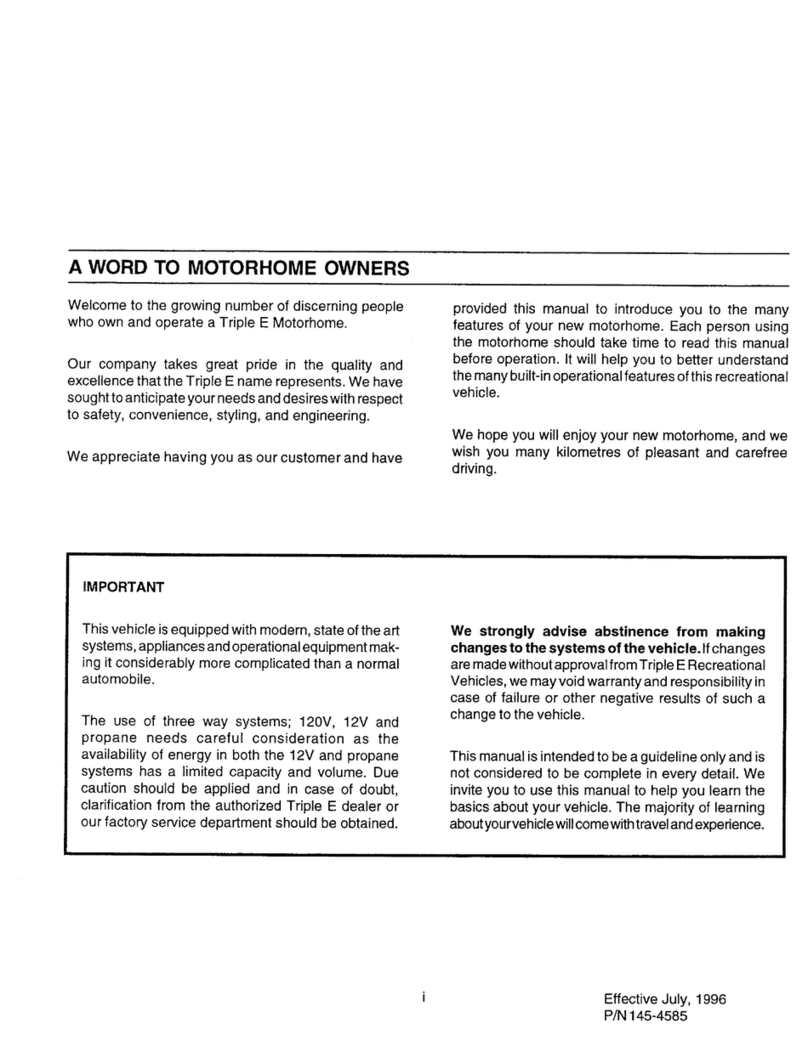
Triple E
Triple E 1996 Senator User manual

Triple E
Triple E Regency User manual

Triple E
Triple E 1994 EMPRESS 1061 User manual

Triple E
Triple E Topaz User manual
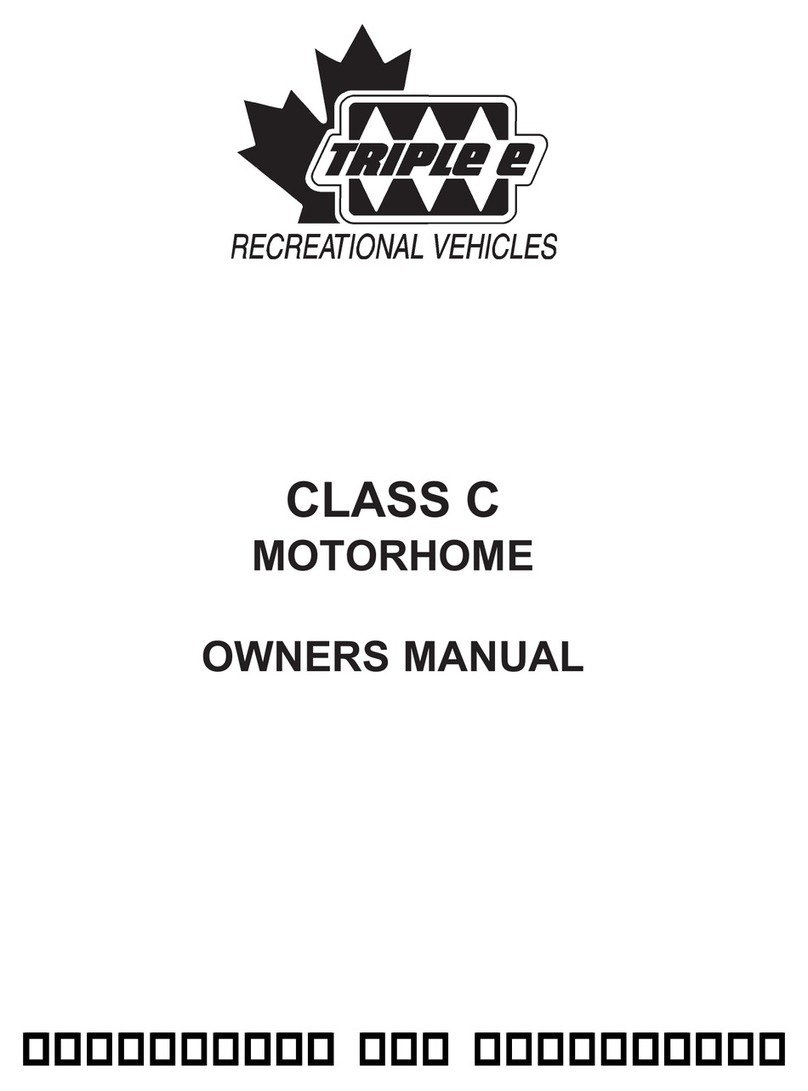
Triple E
Triple E 2002 Class C User manual

Triple E
Triple E CLASS C User manual
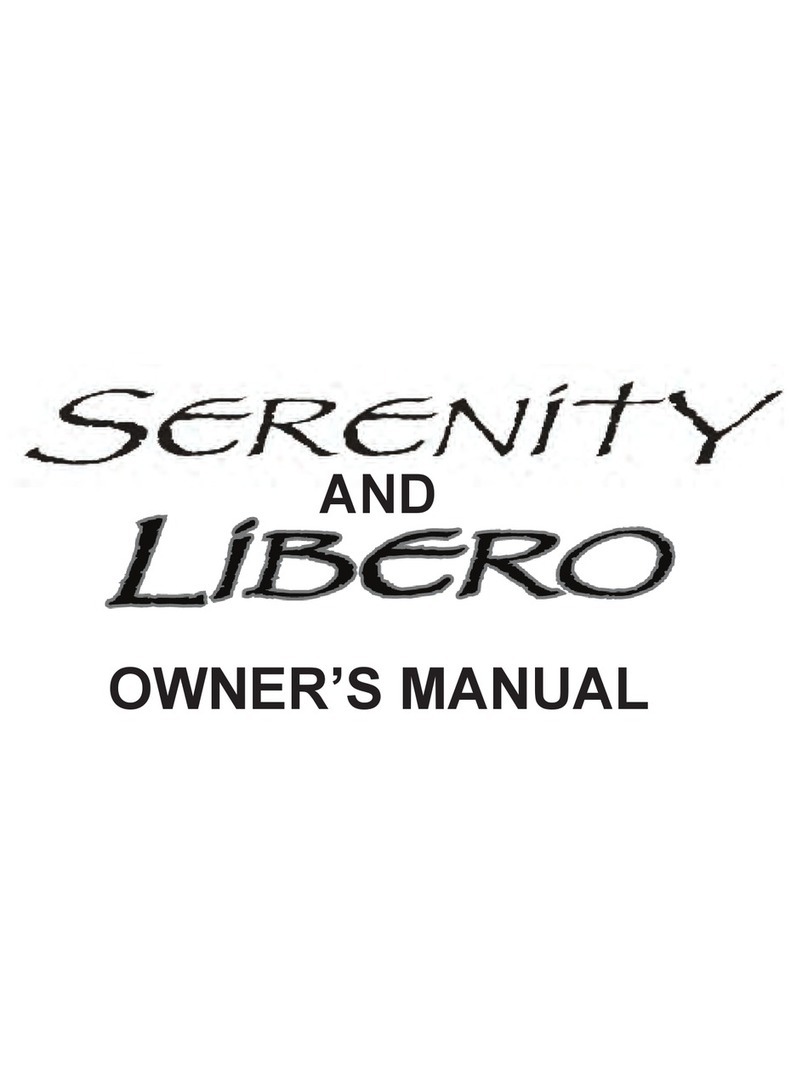
Triple E
Triple E Serenity User manual
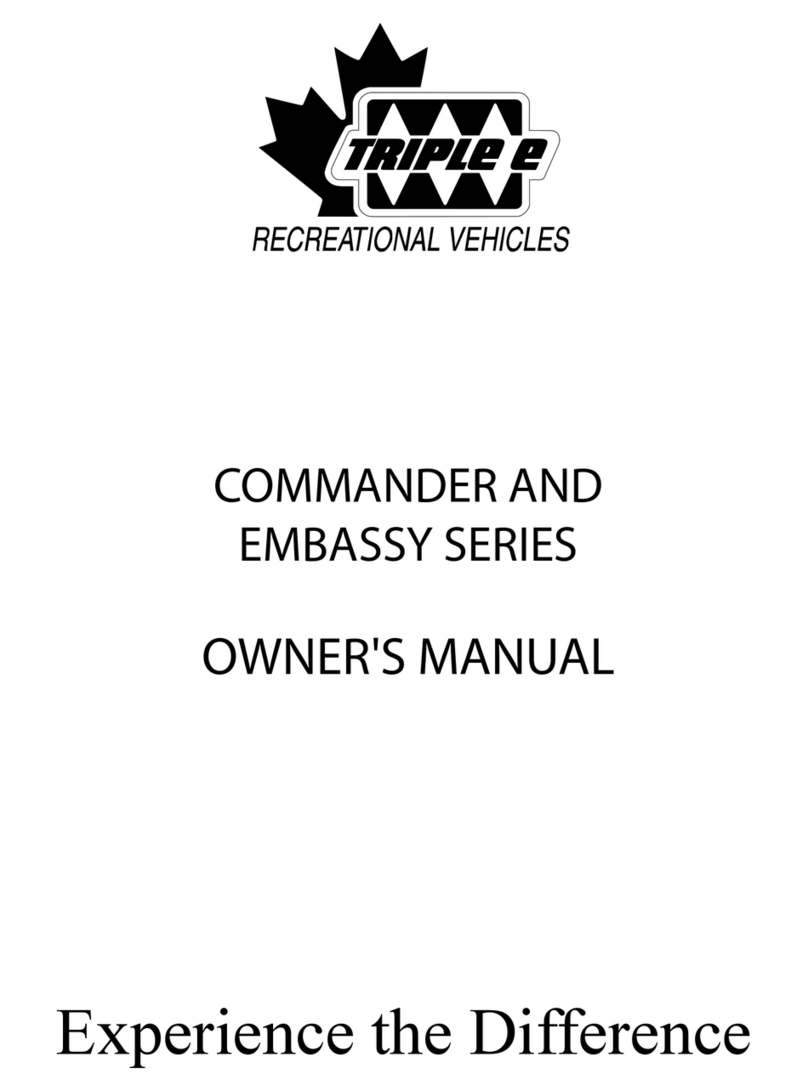
Triple E
Triple E COMMANDER Series User manual
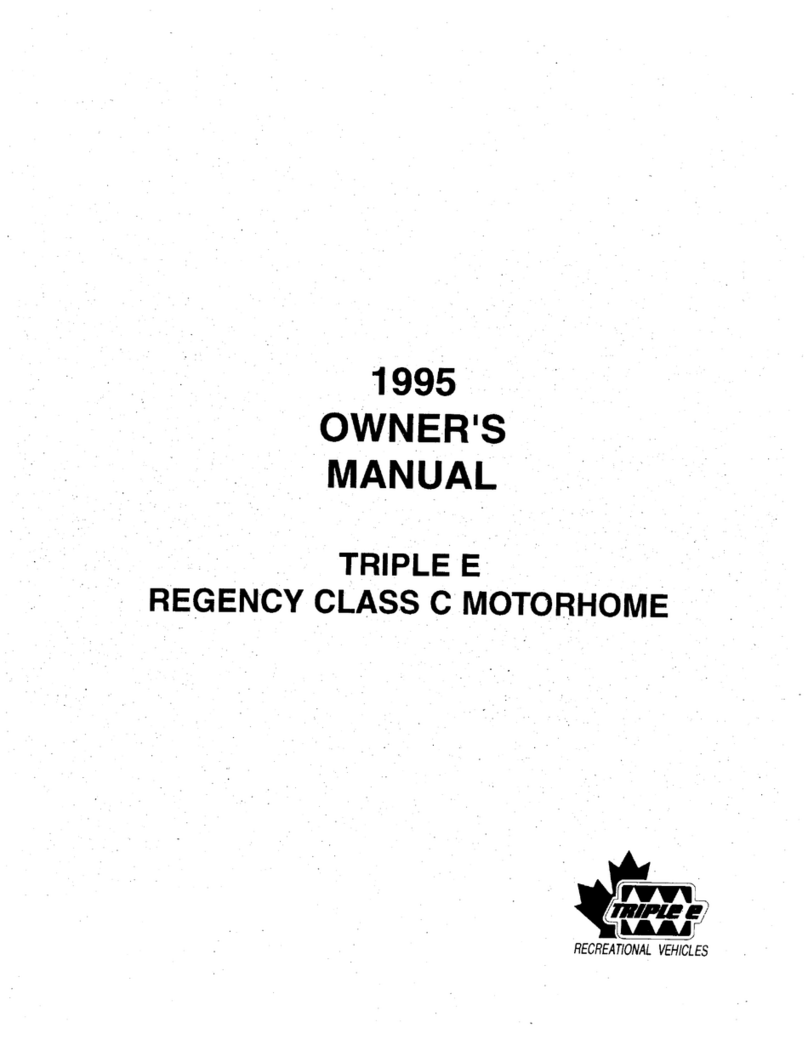
Triple E
Triple E regency class c User manual
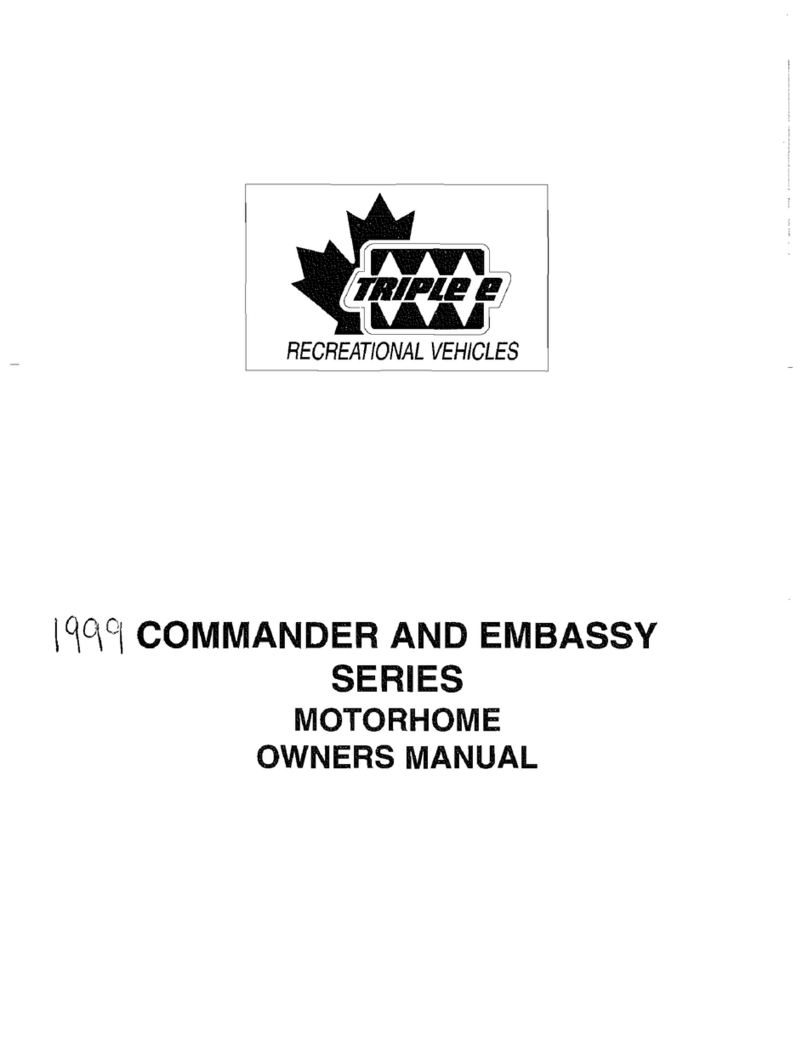
Triple E
Triple E 1999 Commander Series User manual
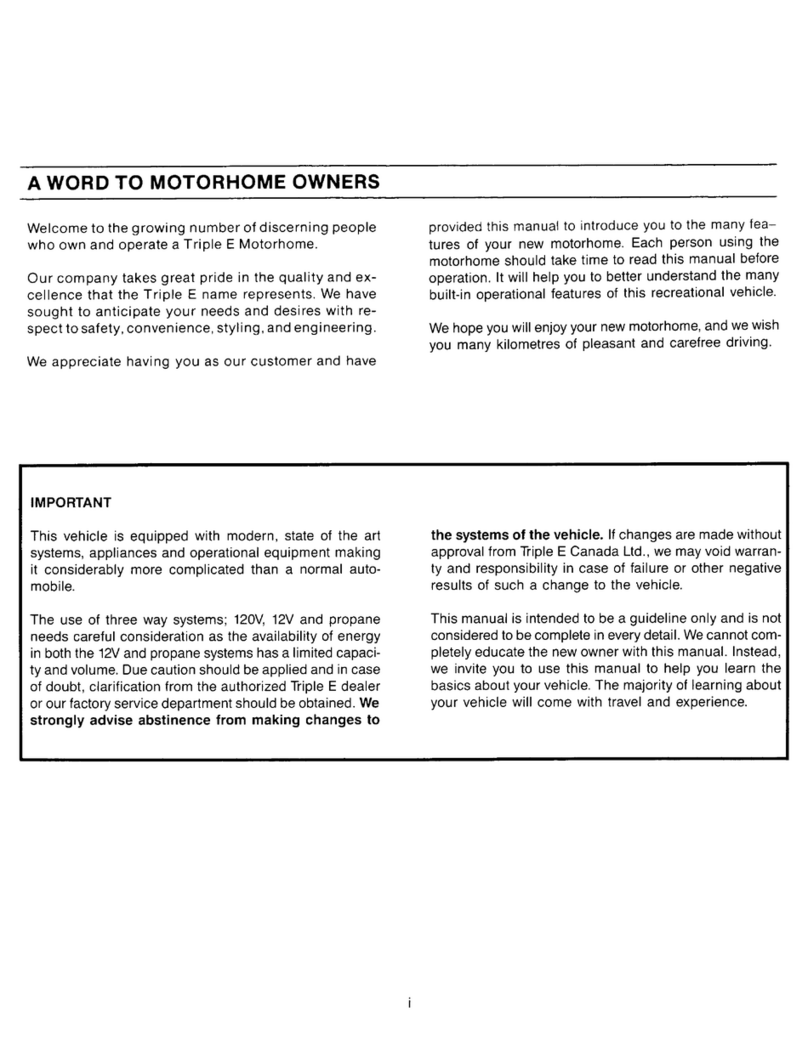
Triple E
Triple E 1991 Empress Class A User manual
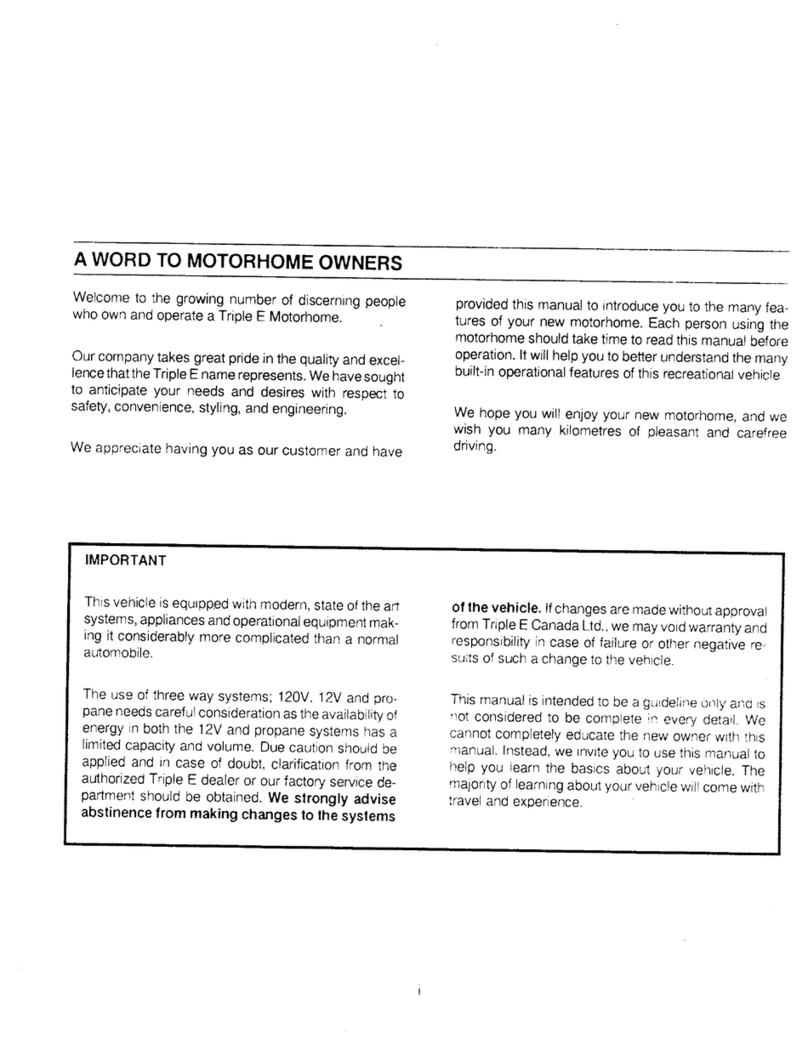
Triple E
Triple E 1994 Regency class C User manual
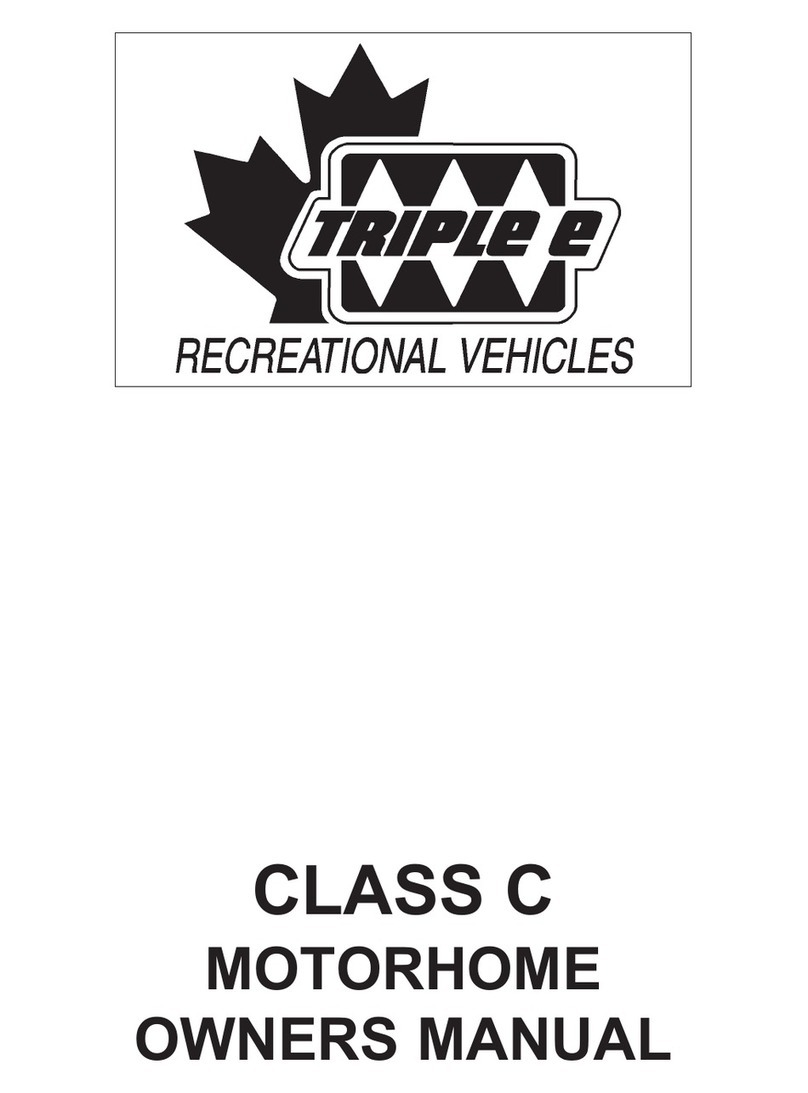
Triple E
Triple E 1999 Class C User manual

Triple E
Triple E Free Spirit 2012 User manual

Triple E
Triple E EMPRESS SERIES User manual

Triple E
Triple E 2001 Empress series User manual
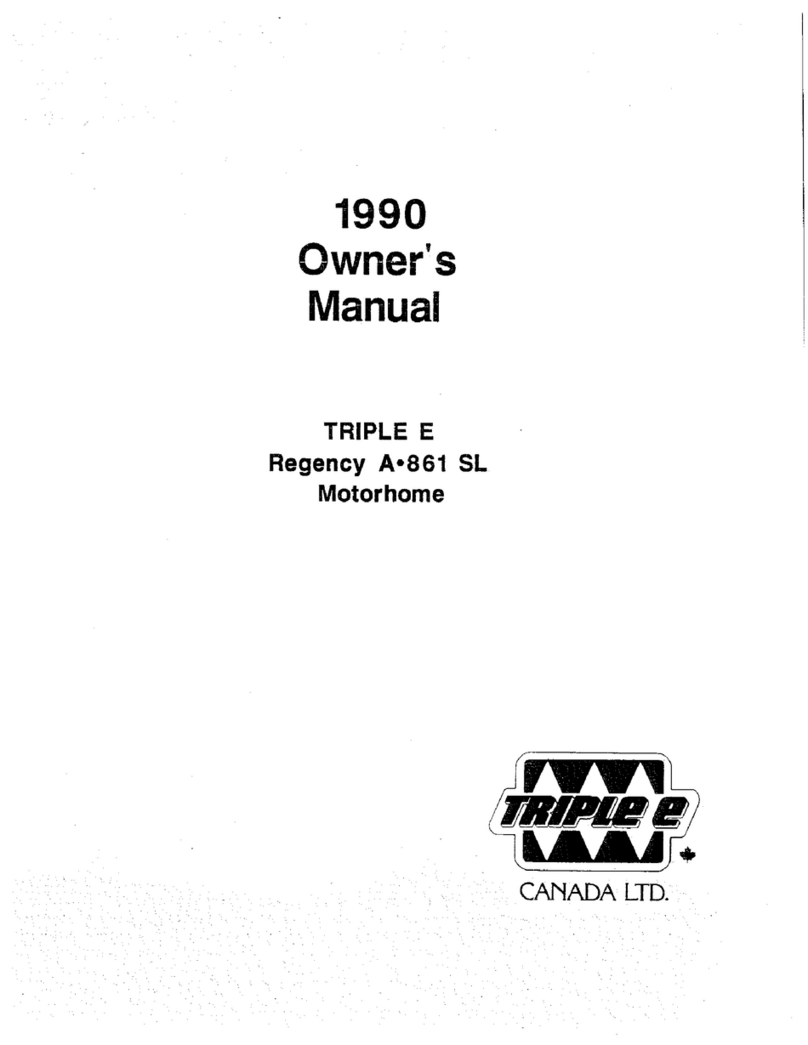
Triple E
Triple E 1990 Regency A-681 SL User manual
Popular Motorhome manuals by other brands

Winnebago
Winnebago Journey Service manual

Tiffin Motorhomes
Tiffin Motorhomes 2017 Allegro Breeze owner's manual

Winnebago
Winnebago 2014 Adventurer Operator's manual

NewMar
NewMar Dutch Star 1999 owner's manual

Winnebago
Winnebago 1996 Brave Operator's manual

Thor Motor Coach
Thor Motor Coach tuscany 2013 owner's manual





















